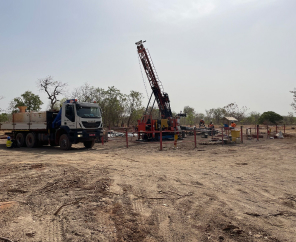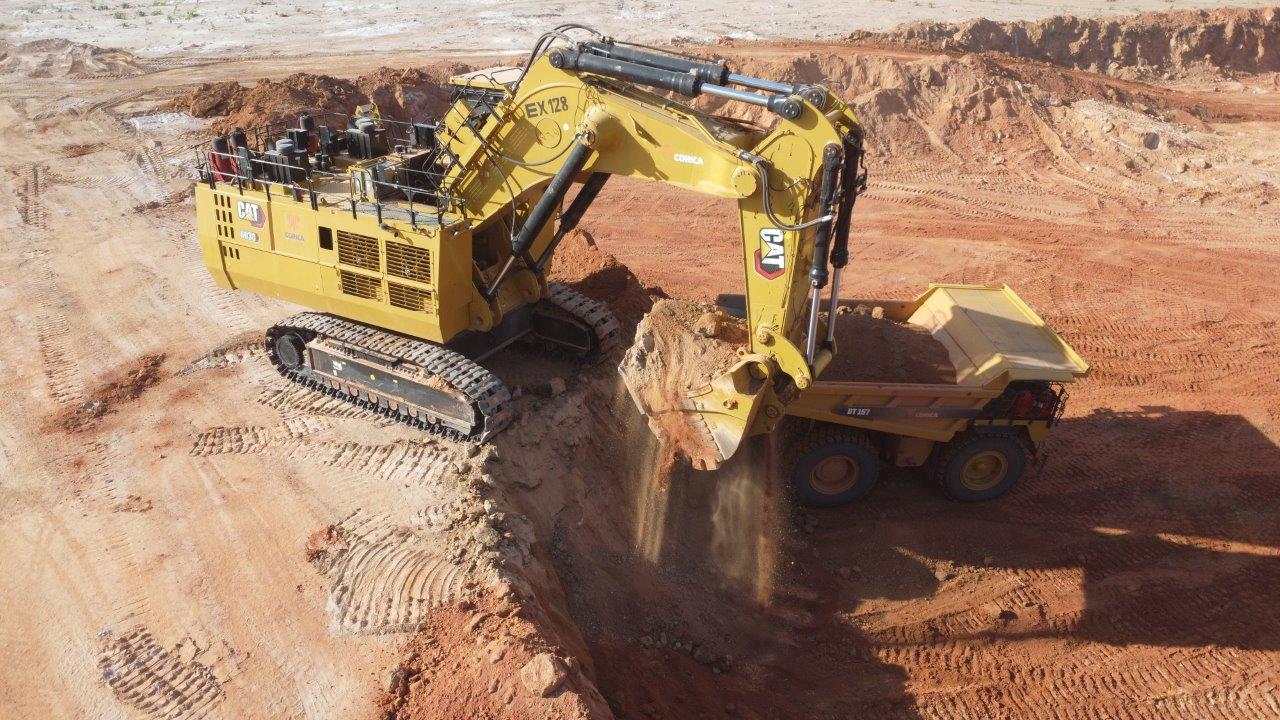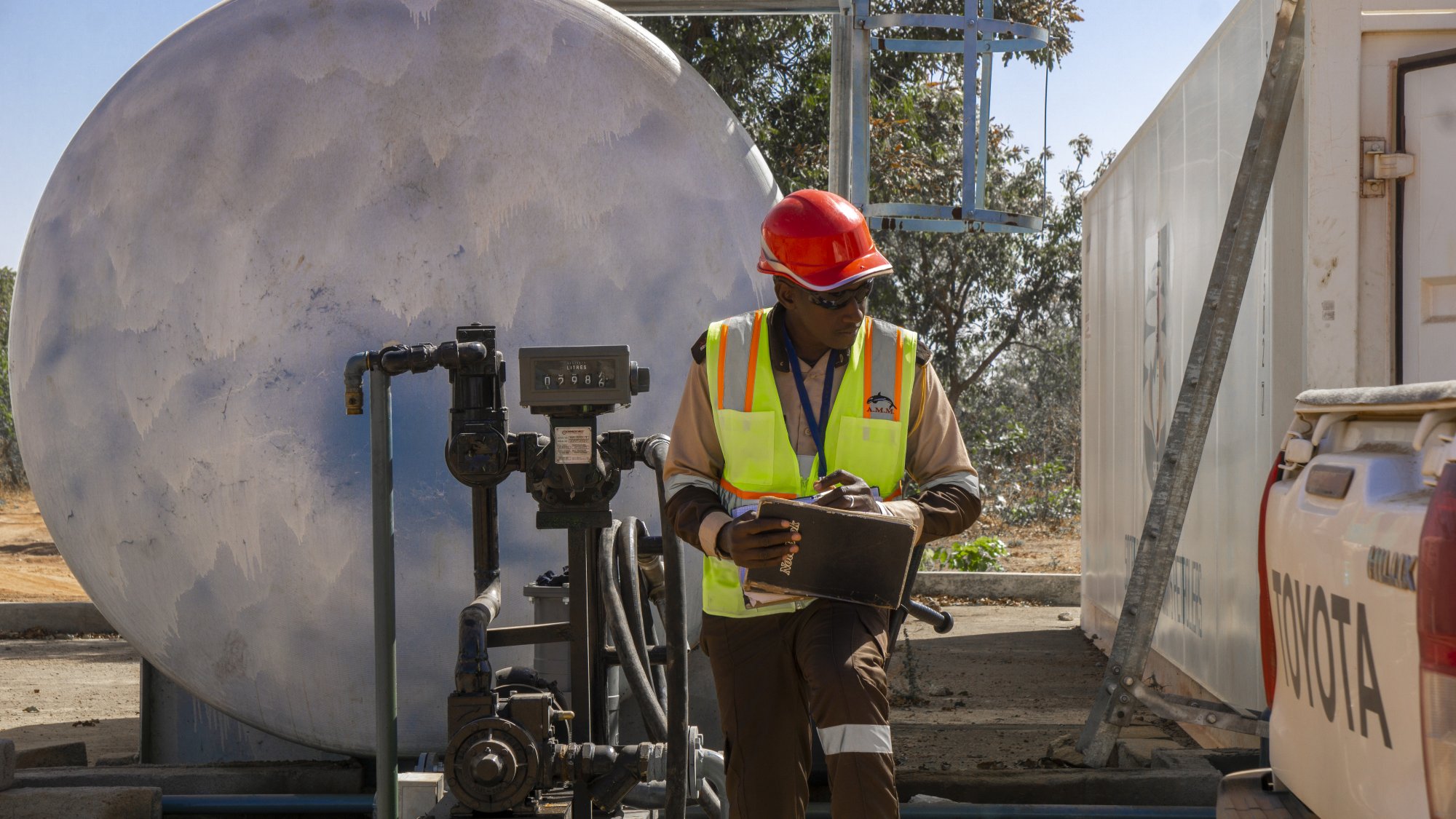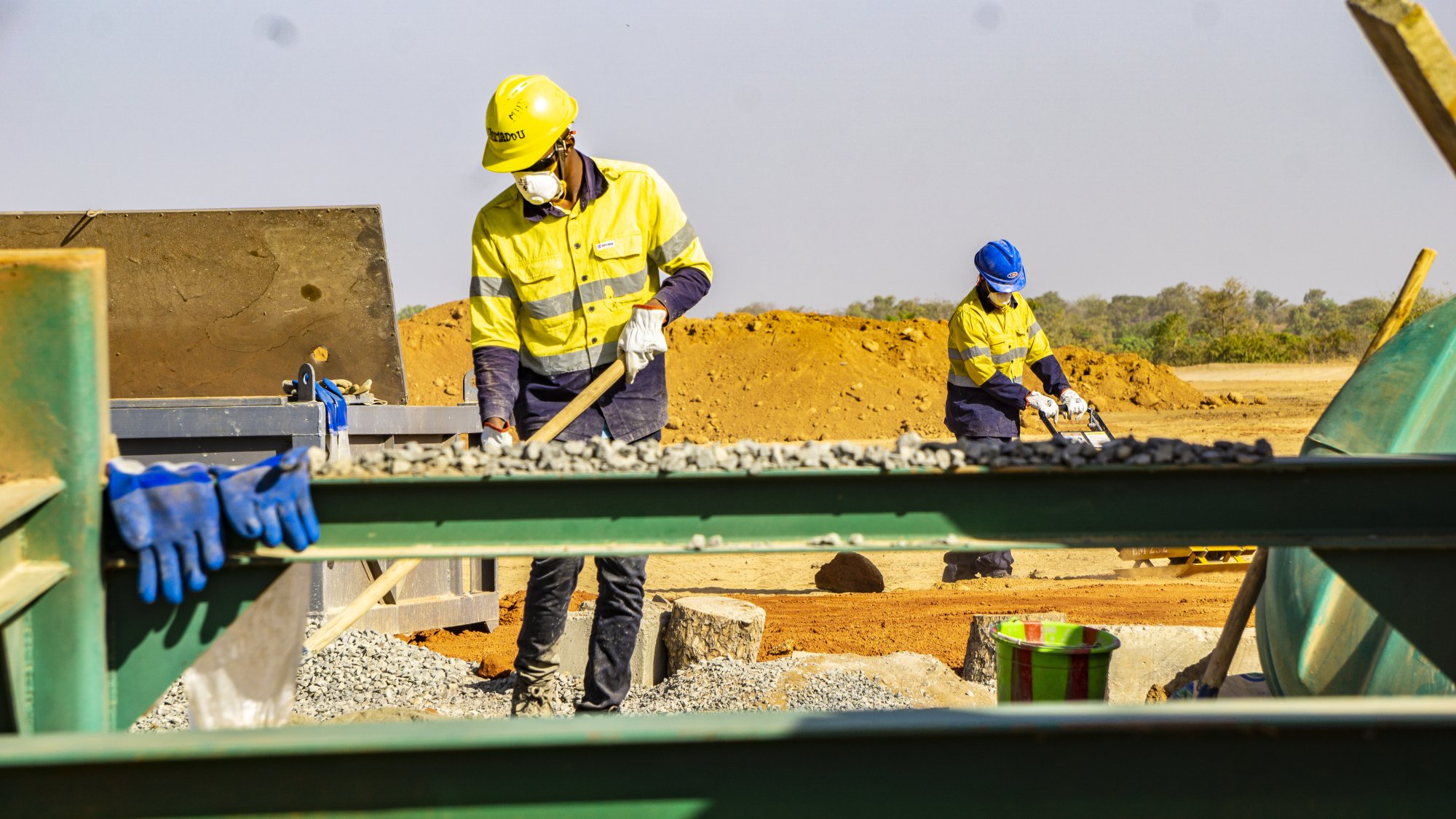About mining
Exploration
LMSA believes that mine closure planning commences before mining begins and involves implementing comprehensive strategies that prioritise environmental sustainability, community engagement, and long-term land use planning. LMSA subscribes to best practices to deliver a responsible and ethical mine closure minimising environmental impacts leaving a positive and lasting legacy for the local communities and the environment.
LMSA will achieve this through stakeholder engagement with local communities and other stakeholders throughout the closure process to understand their concerns, incorporate their feedback, and ensure that their interests are considered in the closure planning and implementation. This will form the basis of a comprehensive post-closure land use plan that aligns with the socioeconomic needs and priorities of the local community, taking into consideration land conservation, agriculture, ecotourism, or other sustainable land uses that can benefit the community and contribute to regional development.

Assessment
Assessing the feasibility of a mining project involves conducting a comprehensive evaluation of various technical, financial, environmental, and social aspects to determine whether the project is viable and economically profitable. LMSA has undertaken many studies on the Goulamina Project including:
- Engineering studies to assess the practical aspects of mine development, including mine design, infrastructure requirements, equipment selection, and production planning. This step helps in determining the technical feasibility of extracting and processing the minerals from the deposit.
- Environmental and Social Impact Assessment (ESIA) to evaluate the potential environmental and social impacts of the mining operation. This includes assessing the effects on the surrounding ecosystem, water resources, air quality and biodiversity. It also assess the potential social impacts of the mining project on local communities, including the implications for employment, infrastructure development, and community well-being and requires engagement with local stakeholders and communities to understand their concerns and incorporate their feedback into the project planning process.
Economic studies to evaluate the economic viability of the mining project by conducting a financial analysis, including cost estimation, revenue projections, and financial modelling to assess the project’s potential profitability, return on investment, and payback period to determine its financial feasibility.

Construction
Constructing a mine is a complex process that involves various stages, including planning, site preparation, infrastructure development, and the establishment of mining and processing facilities. The typical steps involved in the construction of a mine include:
Project planning to develop a detailed project plan outlining the construction timeline, budget, resource requirements, and key milestones, taking consideration of factors such as the scope of work, logistics, and procurement strategies.
Site Preparation to clear the site and prepare the area for construction activities. This involves removing vegetation, grading the land, and establishing access roads and infrastructure necessary for construction and operational activities.
Infrastructure development to construct essential infrastructure, including power supply lines, water management systems, waste management facilities, and telecommunications networks. Construction of processing plants, workshops, offices, and accommodation facilities for the mine workers and staff. Procurement and assembly of mining equipment and training of staff to operate equipment onsite.
Environmental management, developing and implementing environmental management plans to minimize the impact of mining activities on the surrounding ecosystem, including measures for waste management, reclamation, and rehabilitation to restore the site to its natural state after the mine’s closure.

Production
Mining operations encompass a range of tasks, including excavation, processing, transportation, and waste management. All of which is undertaken in a systematic and environmentally responsible manner to minimise impacts the environment and surrounding communities. LMSA works with the government, civil society and local stakeholders to ensure that our host communities benefit from the project and that sustainable long term initiatives are implemented to ensure these communities continue to thrive after mining ceases.
Excavation and extraction of waste and ore involves the use of heavy machinery, such as excavators, loaders, and haul trucks, to remove overburden and extract the ore or mineral deposits from the mine site. Once the ore is mined, it is crushed and processed to increase the lithium grade to a 6% concentrate ready for trucking to port. The health and safety of workers and the local community is paramount, with training and strict safety protocols in place to ensure a safe working environment.
Throughout the mining process, compliance to regulatory requirements and industry standards is prioritised to ensure that operations are undertaken transparently with full accountability to regulatory authorities and stakeholders.

Closure
Mining operations encompass a range of tasks, including excavation, processing, transportation, and waste management. All of which is undertaken in a systematic and environmentally responsible manner to minimise impacts the environment and surrounding communities. LMSA works with the government, civil society and local stakeholders to ensure that our host communities benefit from the project and that sustainable long term initiatives are implemented to ensure these communities continue to thrive after mining ceases.
Excavation and extraction of waste and ore involves the use of heavy machinery, such as excavators, loaders, and haul trucks, to remove overburden and extract the ore or mineral deposits from the mine site. Once the ore is mined, it is crushed and processed to increase the lithium grade to a 6% concentrate ready for trucking to port. The health and safety of workers and the local community is paramount, with training and strict safety protocols in place to ensure a safe working environment.
Throughout the mining process, compliance to regulatory requirements and industry standards is prioritised to ensure that operations are undertaken transparently with full accountability to regulatory authorities and stakeholders.

Exploration
Exploration
LMSA believes that mine closure planning commences before mining begins and involves implementing comprehensive strategies that prioritise environmental sustainability, community engagement, and long-term land use planning. LMSA subscribes to best practices to deliver a responsible and ethical mine closure minimising environmental impacts leaving a positive and lasting legacy for the local communities and the environment.
LMSA will achieve this through stakeholder engagement with local communities and other stakeholders throughout the closure process to understand their concerns, incorporate their feedback, and ensure that their interests are considered in the closure planning and implementation. This will form the basis of a comprehensive post-closure land use plan that aligns with the socioeconomic needs and priorities of the local community, taking into consideration land conservation, agriculture, ecotourism, or other sustainable land uses that can benefit the community and contribute to regional development.

Assessment
Assessment
Assessing the feasibility of a mining project involves conducting a comprehensive evaluation of various technical, financial, environmental, and social aspects to determine whether the project is viable and economically profitable. LMSA has undertaken many studies on the Goulamina Project including:
- Engineering studies to assess the practical aspects of mine development, including mine design, infrastructure requirements, equipment selection, and production planning. This step helps in determining the technical feasibility of extracting and processing the minerals from the deposit.
- Environmental and Social Impact Assessment (ESIA) to evaluate the potential environmental and social impacts of the mining operation. This includes assessing the effects on the surrounding ecosystem, water resources, air quality and biodiversity. It also assess the potential social impacts of the mining project on local communities, including the implications for employment, infrastructure development, and community well-being and requires engagement with local stakeholders and communities to understand their concerns and incorporate their feedback into the project planning process.
Economic studies to evaluate the economic viability of the mining project by conducting a financial analysis, including cost estimation, revenue projections, and financial modelling to assess the project’s potential profitability, return on investment, and payback period to determine its financial feasibility.

Construction
Construction
Constructing a mine is a complex process that involves various stages, including planning, site preparation, infrastructure development, and the establishment of mining and processing facilities. The typical steps involved in the construction of a mine include:
Project planning to develop a detailed project plan outlining the construction timeline, budget, resource requirements, and key milestones, taking consideration of factors such as the scope of work, logistics, and procurement strategies.
Site Preparation to clear the site and prepare the area for construction activities. This involves removing vegetation, grading the land, and establishing access roads and infrastructure necessary for construction and operational activities.
Infrastructure development to construct essential infrastructure, including power supply lines, water management systems, waste management facilities, and telecommunications networks. Construction of processing plants, workshops, offices, and accommodation facilities for the mine workers and staff. Procurement and assembly of mining equipment and training of staff to operate equipment onsite.
Environmental management, developing and implementing environmental management plans to minimize the impact of mining activities on the surrounding ecosystem, including measures for waste management, reclamation, and rehabilitation to restore the site to its natural state after the mine’s closure.

Production
Production
Mining operations encompass a range of tasks, including excavation, processing, transportation, and waste management. All of which is undertaken in a systematic and environmentally responsible manner to minimise impacts the environment and surrounding communities. LMSA works with the government, civil society and local stakeholders to ensure that our host communities benefit from the project and that sustainable long term initiatives are implemented to ensure these communities continue to thrive after mining ceases.
Excavation and extraction of waste and ore involves the use of heavy machinery, such as excavators, loaders, and haul trucks, to remove overburden and extract the ore or mineral deposits from the mine site. Once the ore is mined, it is crushed and processed to increase the lithium grade to a 6% concentrate ready for trucking to port. The health and safety of workers and the local community is paramount, with training and strict safety protocols in place to ensure a safe working environment.
Throughout the mining process, compliance to regulatory requirements and industry standards is prioritised to ensure that operations are undertaken transparently with full accountability to regulatory authorities and stakeholders.

Closure
Closure
Mining operations encompass a range of tasks, including excavation, processing, transportation, and waste management. All of which is undertaken in a systematic and environmentally responsible manner to minimise impacts the environment and surrounding communities. LMSA works with the government, civil society and local stakeholders to ensure that our host communities benefit from the project and that sustainable long term initiatives are implemented to ensure these communities continue to thrive after mining ceases.
Excavation and extraction of waste and ore involves the use of heavy machinery, such as excavators, loaders, and haul trucks, to remove overburden and extract the ore or mineral deposits from the mine site. Once the ore is mined, it is crushed and processed to increase the lithium grade to a 6% concentrate ready for trucking to port. The health and safety of workers and the local community is paramount, with training and strict safety protocols in place to ensure a safe working environment.
Throughout the mining process, compliance to regulatory requirements and industry standards is prioritised to ensure that operations are undertaken transparently with full accountability to regulatory authorities and stakeholders.

